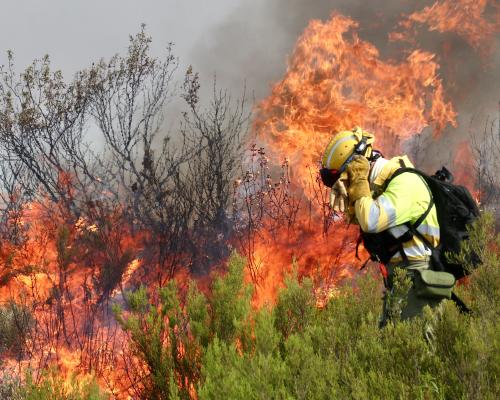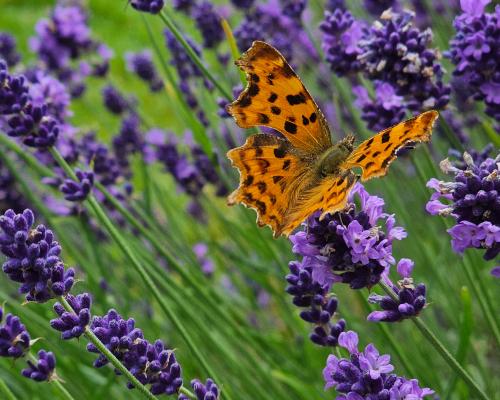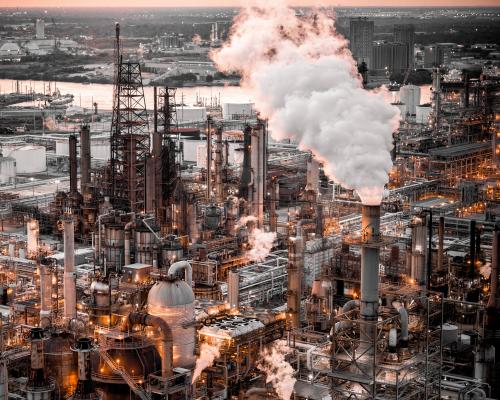
With bigger and stronger wildfires becoming more common as Europe swelters in record-breaking heat, people will need to adapt and learn how to stay safe.
How deadly are wildfires?
Wildfires directly kill hundreds of people around the world each year. Though they may seem apocalyptic, the death toll is far lower than from floods, which kill thousands, and from heatwaves, which kill hundreds of thousands.
But when you factor in smoke, the human cost rises rapidly. The latest study estimates that the air pollution spewed by wildfires kills a staggering 1.5 million people each year. The toxic fumes can reach so far that tendrils of smoke from Australian bushfires have menaced South America, while smoke from Canadian fires – which regularly suffocate cities across the US – have fouled the air in Europe.
What causes wildfires?
Many things can spark a wildfire: natural causes such as lightning, faulty infrastructure such as downed power lines, or people behaving badly. Devastating blazes in recent years have been started by smokers tossing cigarette butts, tourists failing to put out campfires, and even arsonists intentionally setting nature alight.
But whether those sparks turn into small fires or raging blazes depends on the weather. Fires need hot, dry fuel to burn, and they spread further with strong winds.
How does climate breakdown affect wildfires?
Fossil fuel pollution has heated the planet by about 1.3C, raising the risk of prolonged heat that turns forests and grasslands into tinderboxes. In some regions, such as the Mediterranean, global heating is also fuelling droughts that dry out lush greenery.
Scientists have found that such shifts have made the wildfires that have happened this year in places including California, South Korea and Australia more likely – in some cases doubling the chance of extreme weather conditions that help fires spread.
Are wildfires getting worse?
Even as the planet has heated up, the area torched by fires has fallen. This is because people have taken nature that used to burn freely and turned it into farms or cities – in recent decades mainly in Africa – that stop the spread of flames. The latest models find land use changes and other human drivers have shrank the burned area by 19.1% since 1900, while climate changes increased it by 15.8% – resulting in a small decline of 3.3% overall.
Will wildfires become more common?
The conditions for ferocious fires are expected to worsen as the planet bakes. Two separate indices of fire weather project a steady rise in the number of days with high fire danger as temperatures inch higher, a recent study found.
By the end of the century, the total burned area is projected to rise by 40% even in an optimistic scenario for cutting carbon pollution, according to a separate study. In a worst-case scenario, it is set to double.
How can we adapt to wildfires?
The danger that wildfires pose to people and property can drop sharply by managing land better. This can include creating fire breaks to stem the spread of an inferno, stopping new settlement in places prone to fires, and even sending herds of goats into abandoned farmland to graze away overgrown vegetation.
In some places firefighters are trying the technique of intentionally burning land to avoid a buildup of fuel that could lead to catastrophic fires – a long-running Indigenous practice in Australia and North America that European fire experts are starting to adopt.
How can I stay safe during a wildfire?
If you live somewhere at risk of wildfires, put a plan together before disaster strikes. This could include identifying safe routes and nearby shelters, and packing an emergency bag. Some fire services recommend creating a safe zone around your home that is free from leaves and flammable materials.
Experts say you should vacate immediately if authorities tell you to – or if your home is at risk but warnings have not come. To avoid the smoke, keep windows closed and use respirator masks.





